Halos at night
Epithelial closure delayed
Haze formation
PRK AND LASEK – THE ALTERNATIVE SOLUTION
PRK (Photo Refractive Keratektomy) and its advancement, LASEK (Laser Epithelial Keratomileusis), are generally meant to treat certain groups of patients. Among these are nearsighted patients who are not suitable for LASIK/FEMTO-LASIK
ALL ABOUT PRK AND LASEK AT EUROEYES
How does PRK work?
PRK and LASEK
PRK and LASEK are among the surface techniques. Thus, the corneal epithelium is pushed aside or removed first, mechanically (PRK) or with a special scraper (LASEK). In contrast to the LASIK / FEMTO-LASIK, in which a complete corneal flap is generated, a thin layer of corneal epithelium is remained in PRK / LASEK.
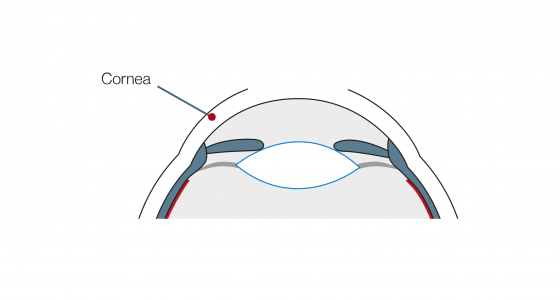
Excimer laser
With the excimer laser, the cornea is ablated to a certain thickness with the excimer laser – on the basis of the measured values at the preliminary eye examination. The refractive power of the cornea is thereby changed, so that incoming light rays now bundle correctly on the retina – a sharp visual image is created.
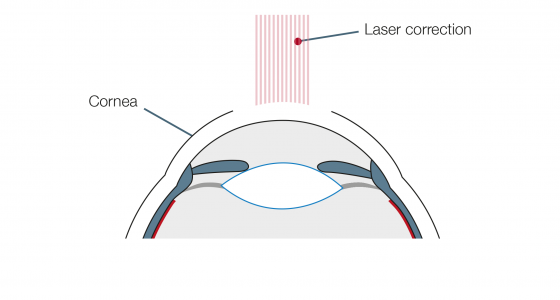
Finally
Finally the corneal epithelium is pushed back and the cornea is covered with a protective contact lens. The first 3 to 5 days the contact lens protects the epithelium that has yet to heal, and is then removed. It may take two to three months until the stability of vision is attained.

Good to know about PRK/LASEK
PRK–The Alternative Procedure
PRK (Photo Refractive Keratektomy) and LASEK (Laser Epithelial Keratomileusis) are fallback procedures and should only be preferred to LASIK/FEMTO-LASIK in special cases.
PRK and LASEK treatments leave a larger wound area, which can cause significant discomfort and pain.
Additionally, a mild to severe scarring can occur, which must be treated preventively with cortisone eye drops over a long period.
In PRK, the healing process is supported by a contact lens.
Overall, the patient must be prepared for a long time of adjusting to the improved vision.
On the Contrary, LASIK/Femto LASIK Guarantees:
An almost painless healing process. Because the wound in the depth of the cornea is protected by the “Flap”, it creates no scars
And the improved vision adapts very quickly.
As mentioned before, PRK or LASEK are only fall-back procedures. For this reason, EuroEyes generally only carries out this treatment with patients that have very thin corneas or particular professional reasons, and therefore can’t go through with LASIK/FEMTO LASIK. Furthermore, the treatment options for LASEK or PRK are limited. only myopia up to max. -6 dpt and astigmatism up to max. -3 dpt can be corrected. The correction of farsightedness and presbyopia is not possible.
In Summary, the Advantages of LASIK / Femto-LASIK Compared to PRK / LASEK:
Faster visual rehabilitation
Painfree
Refractive stability
No regression of the visual disorder
PRK/LASEK treatment process
1. Personal, Non-binding Consultation:
All relevant eye parameters are measured.
We determine what the best method of treatment is for your eyes
Examine your eyes to make sure you are a suitable candidate for the treatment

2. A Thorough Medical Preliminary Examination
The examination usually lasts about two hours
Intensive ophthalmic preliminary examination and measurement of your eyes
Our specialists in ophthalmology will explain every detail about the treatment
Before this preliminary examination you should not have worn soft contact lenses for one week and hard contact lenses for two weeks
Please note that after the examination you will not be safe driving a vehicle: neither car, nor motorcycle or bicycle. We therefore recommend that you take a cab or public transportation
Following the examination you will receive an after-care set for the days after your treatment. The medication and content will be explained in detail by our staff
3. On the day of your PRK/LASEK treatment
We recommend that you wear comfortable clothing on the day of treatment.
You can eat and drink regularly on the day of treatment, please do not smoke.
For reasons of hygiene, it is important that you wash your face thoroughly before the treatment, completely remove make-up and do without perfume.
Drop anesthesia is used
Outpatient procedure, no eye bandage, sunglasses recommended
Total duration of surgery (both eyes): approx. 25 min.
You are not allowed to drive a vehicle after the treatment
4. After PRK/LASEK operation
Please don’t rub your eyes.
The doctor will explain the administration of the artificial tear use, the combination of eye drops that prevents swelling and inflammation, and pain-killing drops to you in advance.
Professional activity after 1-2 weeks
Sports activities, as well as swimming and sauna after approx. 2 weeks.
Controls: two days, four days, one week, two weeks, one month, two months and three months after surgery
Driving is only permitted again with the doctor’s permission.
FREQUENTLY ASKED QUESTIONS ABOUT PRK/LASEK
A PRK and Lasek treatment the earliest possible from age 18. In general, we carry out laser treatment up to the age of 50. When presbyopia sets in, from approx. 45 years of age, a correction with the multifocal lens (trifocal lens) is usually more suitable. We will discuss this with you during the preliminary examination.
Your vision should have been stable for one to two years before a treatment. If in doubt, come to us and we will carefully check your vision.
The Laser treatment is carried out on the corneal surface, and has therefore no effect on a possible cataract surgery.
The LASEK Laser Eye Treatment combines LASIK with the PRK procedure, and is mainly used for correcting nearsightedness and astigmatism when the corneas are too thin for LASIK. The LASEK is also known as „Epi-LASIK“. This term is used because the upper layer of the cornea, the „epithelium“, is folded to the side. Farsightedness is often not treatable with LASEK; for this condition, we recommend a Femto-LASIK or a LASIK treatment







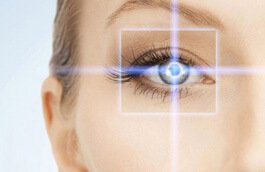

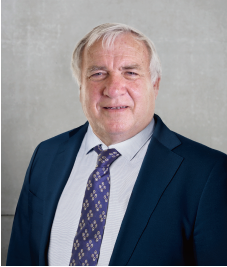

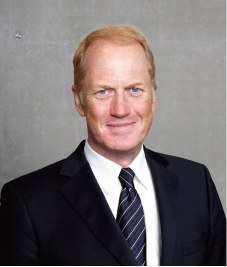

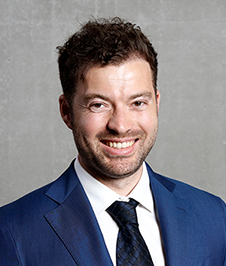
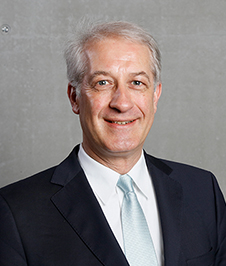
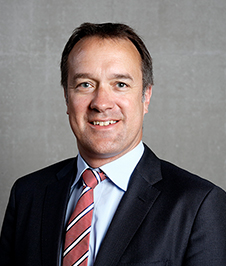
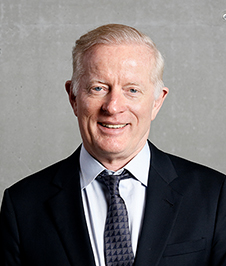


Join our Newsletter